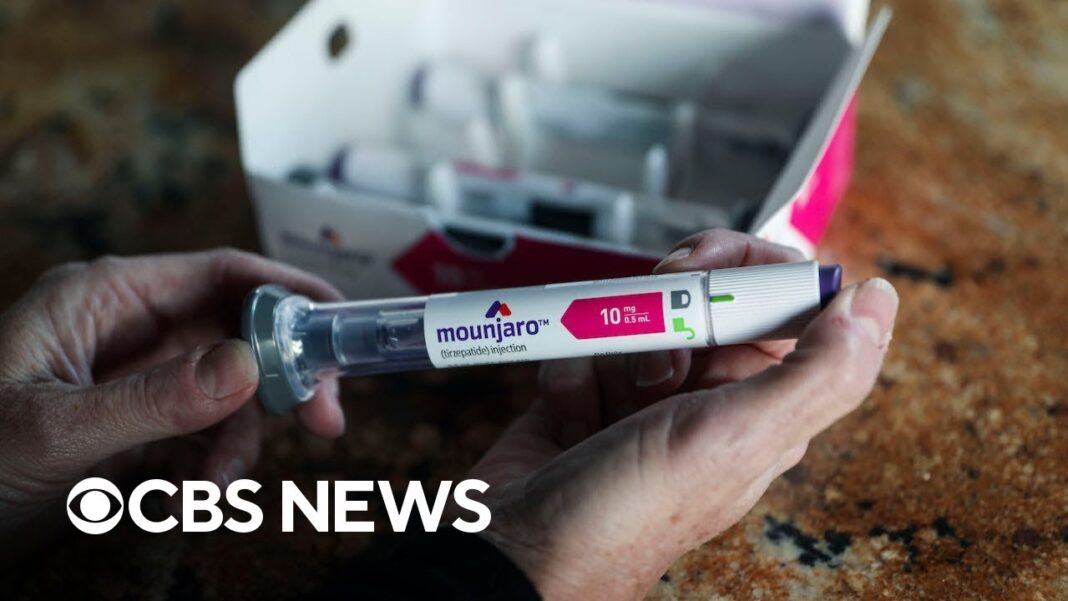The storm, a Category 4 system, is expected to make landfall near the Tampa area later Wednesday.
Hurricane Milton, a strong Category 4 storm as of Wednesday morning, could forever change Florida’s Gulf Coast, according to a recent release issued by the U.S. Geological Survey (USGS).
Researchers with the USGS noted that 95 percent of Florida’s western coast sandy beaches are going to be “continuously covered by ocean water” as Milton slams into the state later Wednesday.
“This is the most severe level of coastal change,” the agency warned on Monday.
Milton’s storm surge and waves both have the potential to “cause both 100 percent of all ocean-facing beaches in Florida to experience erosion and overwash,” which means that water levels reach higher than the top of sand dunes.
“When a beach is overwashed, sand can be pushed and deposited inland, causing significant changes to coastal landscapes and blocking roadways,” the USGS said. “Overwash can reduce the height of protective sand dunes, alter beach profiles, and leave areas behind the dunes more vulnerable to future storms.”
Kara Doran, a USGS supervisory physical scientist, said that Milton’s impact on the Florida west coastline “cannot be overstated,” noting that some areas that were affected by Hurricane Helene could face more serious damage.
“Our initial analysis looking at imagery collected by the National Oceanic and Atmospheric Administration after Helene shows most of the west coast experienced overwash or inundation and complete erosion of dunes, so those protective dunes are no longer in place for many locations,” she added.
The National Hurricane Center (NHC) reported Wednesday at 9 a.m. ET that Milton, with 155 mph winds, is just 2 mph shy of a Category 5 hurricane and is moving to the northeast toward the Florida Gulf Coast at 16 mph.
A large area of storm surge with 10-feet inundations or greater is expected across a part of the central-western Florida coast, the NHC said, adding that people who live in areas where a storm surge warning is in effect should leave as soon as possible. Some officials, including Tampa Mayor Jane Castor, have warned this week that people who remain in those areas face the possibility of death.








